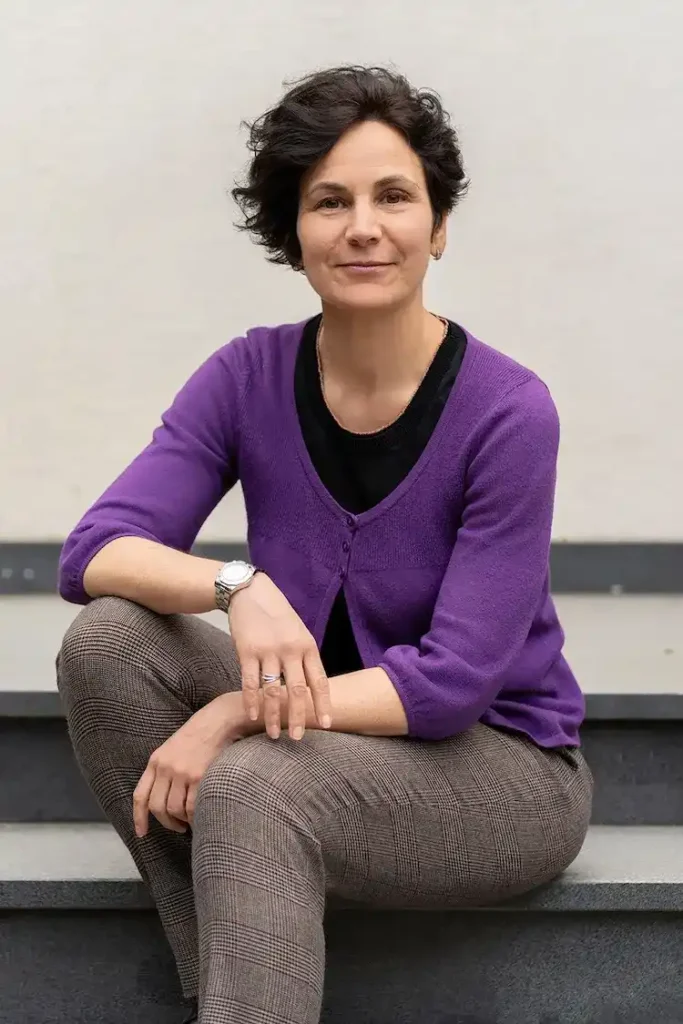Sophrology
Sophrology practices are simple and powerful. They ground you in the present moment,
help you to live, feel and think with awareness and develop your potential.
You want to know more about sophrology?
From Greek etymology SOS (harmony) – PHREN (consciousness) – LOGOS (study), sophrology is literally the study of the harmony of consciousness.
The practice of sophrology aims to (re)establish or strengthen the harmony between our sensations, our emotions and our thoughts and so to develop our capacities. Sophrology is a lived experience, and it is through the body that the path to awareness, consciousness, and knowledge unfolds.
You usually consult to practice sophrology because you are facing events or changes in your personal or professional life.
These events might scare you, impact you or require particular energy from you: New job, exam, life changes, parenthood,
disease…
So how can sophrology help you?
Support from a professional sophrologist empowers you to cultivate and strengthen
the positive potential and resources you hold within.
Concretely, sophrology helps you to:
Better manage stress and adapt constructively to the situations you face.
Live better through change or disease and manage anxiety, anger or feelings of uncertainty.
Gain more confidence to express yourself, prepare for and pass an exam, speak in public, or tackle any important task for you.
Fully develop your potential, embody your values, connect with your intuition and develop your somatic intelligence and use it.
My sophrology workshops in business
The practice of sophrology allows your employees to have useful tools to work on a daily basis and to experiment in their workplace. I offer a course of several workshops to apply it to different situations or problems. Each workshop is dedicated to a theme (sessions in French or English) with a summary and a recording of the exercises:
Avoid overloading
mental
Living and managing your emotions at work
Differentiate between negative stress and positive stress
Know how to use your breathing for greater well-being
Release muscle tension
Use techniques of
relaxation to optimize your potential
Living your values with sophrology
Individual sophrology sessions (for adults and adolescents)
Your support is personalized, in French, English and Romanian (on request).
Our first session is mainly an exchange, dedicated to defining expectations and the objective.
The other sessions take place as follows:
- A dialogue to exchange and take stock,
- A practice that includes a relaxation phase and specific exercises,
- A post-practice dialogue during which you describe your impressions and feelings,
- Depending on needs, a recording, a summary sheet and exercises between sessions.
We agree on exercises to apply and discuss next steps.
In practice : No special clothing or equipment is necessary.
Sophrology is practiced in a standing or sitting position, more rarely lying down. The sessions take place at my office, in Luxembourg-city Kirchberg.
The number of sessions required varies and also depends on demand. Sophrology is a practice and training. As a sophrologist, my goal is to support you towards autonomy.
To sleep better, know how to relax, feel good, its effects and benefits can be seen after just 3 to 5 sessions.


Clients supported in sophrology testify
For individual or corporate sophrology sessions
